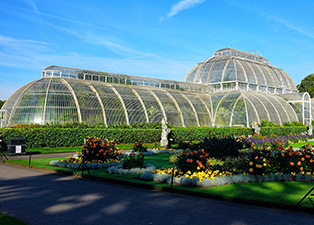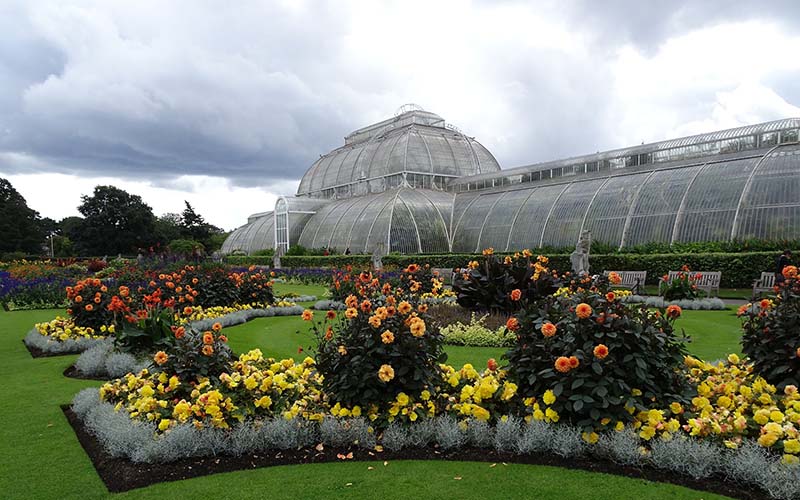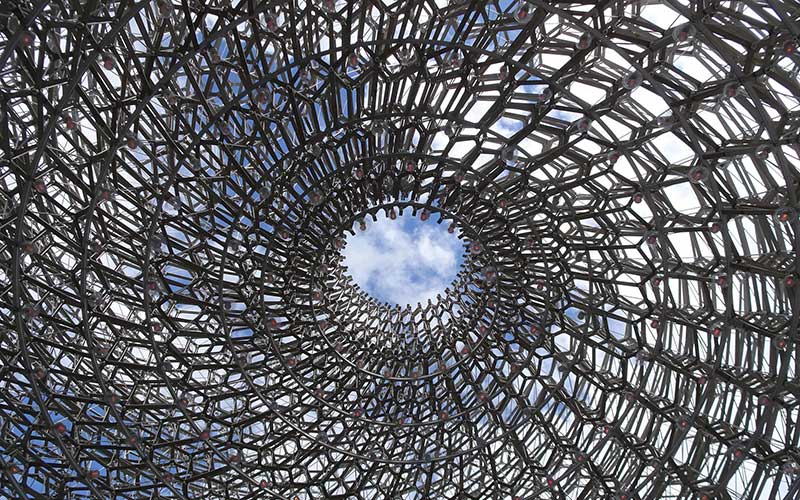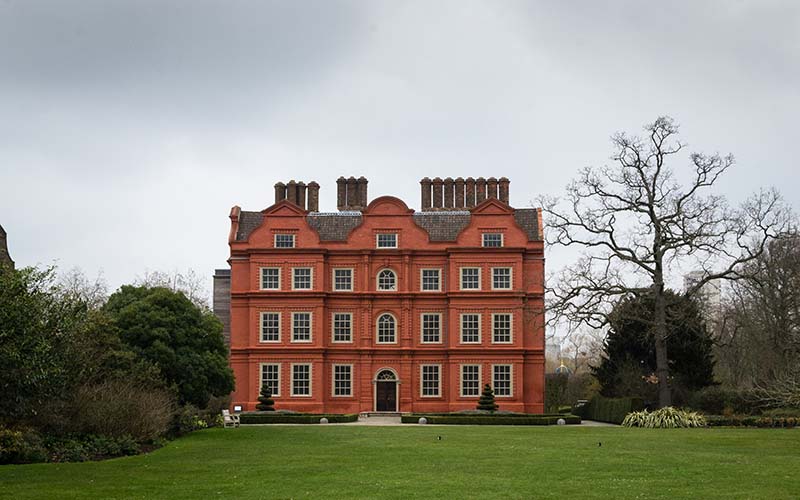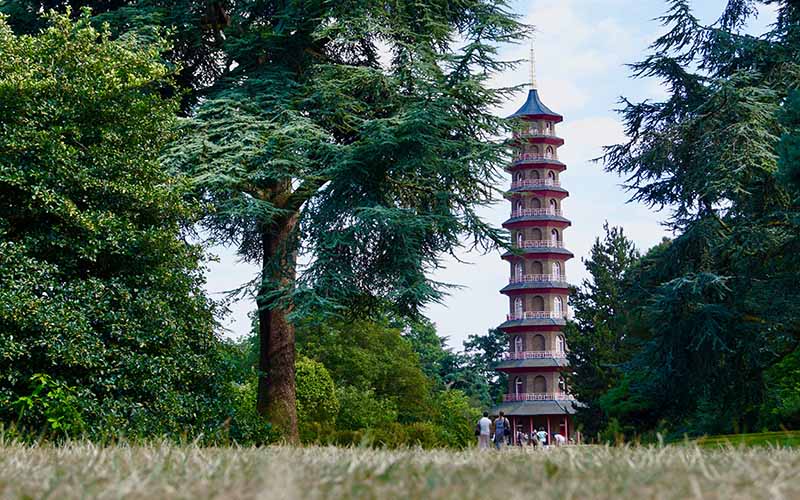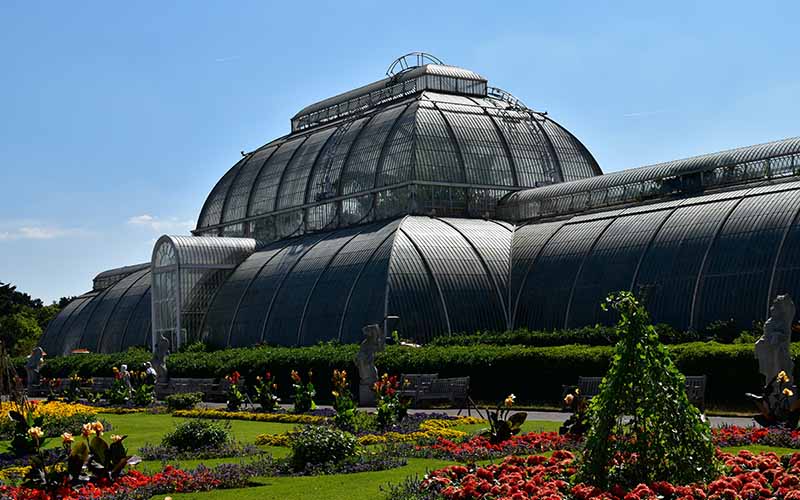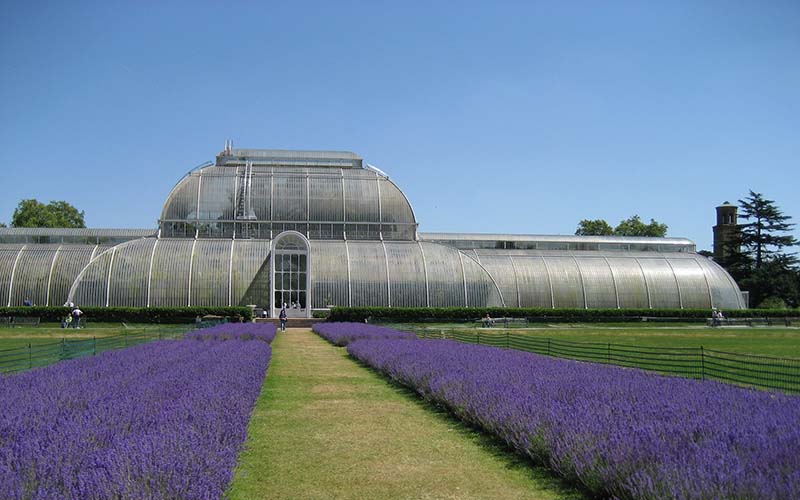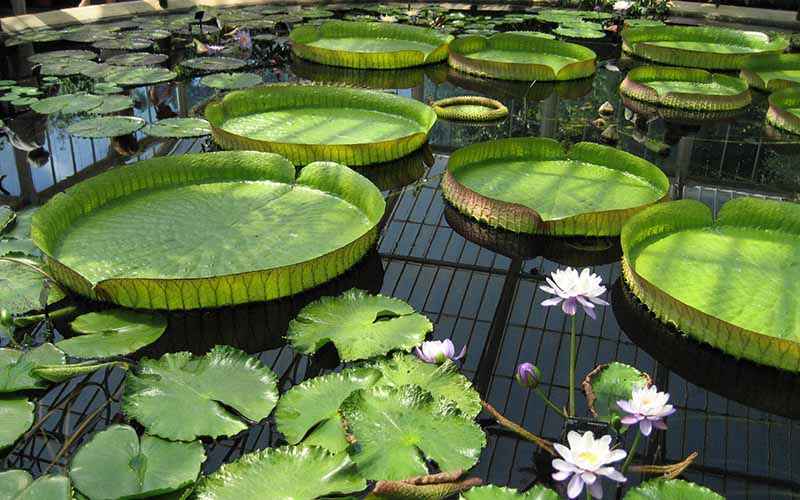The Kew Gardens in London brings you the world of science and technology behind creating one of the most beautiful botanical collections. It is spread lavishly over 330 acres of tropical oasis, featuring 50,000 living plants. This timeless garden is a UNESCO World Heritage Site, with several rare and beautiful flower species and dangerous carnivorous plants housed within a temperature-controlled Victorian glass greenhouse. This amazing collection of flora and fungi at Kew Gardens London is one of the most biodiverse places on planet Earth.
The rich history of the Kew Gardens
The 18th-century classic Kew Gardens were part of the various estates belonging to the royal family. With the help of Princess Augusta, the first botanical garden was incepted with the assistance of architects, Sir William Chamber and Lord Bute. King George III combined his estates of Richmond and Kew in 1802, with the assistance of Sir Joseph Banks and William Aiton, who helped to landscape the estate into a beautiful, well-designed garden.
In 1840, the ownership was transferred to the government due to negligence and ignorance for several years. This led it to remain as a national botanical garden. William Hooker became the first director, and John Smith the first curator. Today, Kew Gardens houses the Palm House, the most critical Victorian glass and iron structure worldwide, and the Temperature House, the largest Victorian glasshouse existing to date. In 2003, UNESCO recognized and named it a World Heritage Site.
How to reach Kew Gardens, London?
- Bicycles – Kew Gardens has four bicycles at all its four gates. You can leave the bikes at the gates but at your own risk. Bicycles, roller skates, scooters, tricycles, and skateboards are not allowed inside.
- Bus – Route 65, Route 110, and Routes 237 and 267 will take you to Kew Gardens
- Boat – There are special boat services as part of Thames River Boats from Westminster Pier to Kew Pier. The Elizabeth Gate is just 0.2 miles from the Kew Pier across Kew Green.
- Car – Limited parking is provided on a first-come, first serve basis. You can drive down to Kew Gardens or take a cab to reach here.
- Train – Southwest trains run from Waterloo via Vauxhall and Clapham Junction to the Kew Bridge station, which is only 800 meters away from the Elizabeth Gate.
- Tube – Take a tube in Zone 3 served by District Line and London Overground until the Kew Gardens station, which is only 500 meters away from Victoria Gate.
Best time to explore the Kew Gardens
- The spring season running from April to May, brings new blooms that are spectacular and soothing to the eye.
- The summer season, from June to August, brings the best views where the trees and flowers are in the best shape.
- The autumn season will see a lesser crowd, but the gardens are not at their blooming best even though it thrives inside the temperature-controlled greenhouse.
- The winter season is an absolute no for visiting Kew Gardens.
Read More: The London Eye – Everything you need to Know
Top things to uncover at Kew Gardens
The Hive
This gorgeous geometric structure stands 17 m tall and provides a serenading and calming symphony of cello and vocals in the form of a C key that creates an auditory and visual experience of being inside an actual beehive. 1000+ LED lights glow to create bee vibrations, and with the help of 17,000+ aluminum parts, the structure recreates the visual effects inside an actual beehive.
Kew Palace
Built- in 1631 for silk merchant Samuel Fortrey, this Dutch house is the smallest palace in the country. It has a Kew Palace complex, a former brewhouse, a kitchen, and a housekeeper’s cottage. The entire structure is open to the public except for the kitchen. King George II and Queen Caroline lived here in the 1720s, which later became a refuge for King George III while he faced mental issues. There are several untold tales about the royal family that you can uncover here.
Great Pagoda
This chinoiserie-style building with its curved roofs and Chinese Chippendale railings was designed by Swedish-Scottish architect and designer Sir William Chambers in the 18th century. Built as a gift to Princess Augusta, (who had employed him to reconstruct several new features in the garden), this destination gives a beautiful panoramic view of London and houses exhibits on the building’s rich history.
Palm House
This destination houses an exquisite and unique collection of extinct and endangered plants, including the African oil palm and the cocoa tree. Incepted in 1844, this greenhouse was designed to resemble an upturned ship hull as the ideas were borrowed from the shipbuilding industry while constructing it. The lush green plants thrive in the humid environment created. Do not miss the oldest pot plant, almost 250 years old.
Suggested Read: Most Beautiful Botanical Gardens Around the World
Queen Charlotte’s Cottage
This rustic retreat is a 17th-century classic where the royal family used to rest, have picnics, and enjoy tea while visiting the gardens. Several exotic animals such as black swans, buffaloes, now extinct quagga, and the first kangaroo that arrived in the country were housed in the paddock earlier. Explore the Queen’s personal collection of Hogarth prints and the bamboo and floral artwork by the Queen’s daughter housed here.
The Temperature Glasshouse
It is home to the rarest, unique, and threatened temperate plants, including six rare and almost extinct species and on the endangered list already. This is the largest surviving Victorian glasshouse spread over 4,880 sqm, standing proudly 19 meters high.
Waterlily House
Surrounded by a circular pond, 10 meters in diameter, it is among the iconic and second oldest glasshouses at Kew Gardens. This was created primarily to breed a giant Amazon waterlily named Victoria amazonica. Several floating Santa Cruz waterlilies in the pond grow to almost 2 meters in size. You will be able to spot blooming Lotus and papyrus plants during the summer season here.
Xstrata Treetop Walkway
This stands among the key highlights at Kew Gardens, offering a beautiful view of the forest canopy from the top. Standing proudly at 18 meters tall and 200 meters long, this walkway is designed for the ones who love the adrenaline rush as it sways with the wind while offering an immersive experience through its foliage.
Other popular attractions
Other popular attractions you can explore are the Davies Alpine House and the Princess of Wales Conservatory.
Venue address and opening times
Kew Gardens in London is placed at Royal Botanical Gardens, Kew, Surrey, TW9 3AB.
Kew Gardens London is open from 10 am to 6 pm, with the last entry scheduled one hour before the closing time. Each season has a different closing time.
The closing time calendar for the next six months is as follows:
- 1st -30th September 2022 till 7 pm
- 1st -29th October 2022 till 6 pm
- 30th Oct – 15th Nov 2022 till 4 pm
- 16th Nov – 8th Jan 2023 till 3 pm
- 9th Jan – 31st Jan 2023 till 4 pm
- 1st – 28th Feb 2023 till 5 pm
- 1st – 31st Mar 2023 till 6 pm
Gardens will be closed on 24th & 25th December in accord with Christmas.
Check Out: How to Apply for a UK Tourist Visa?
